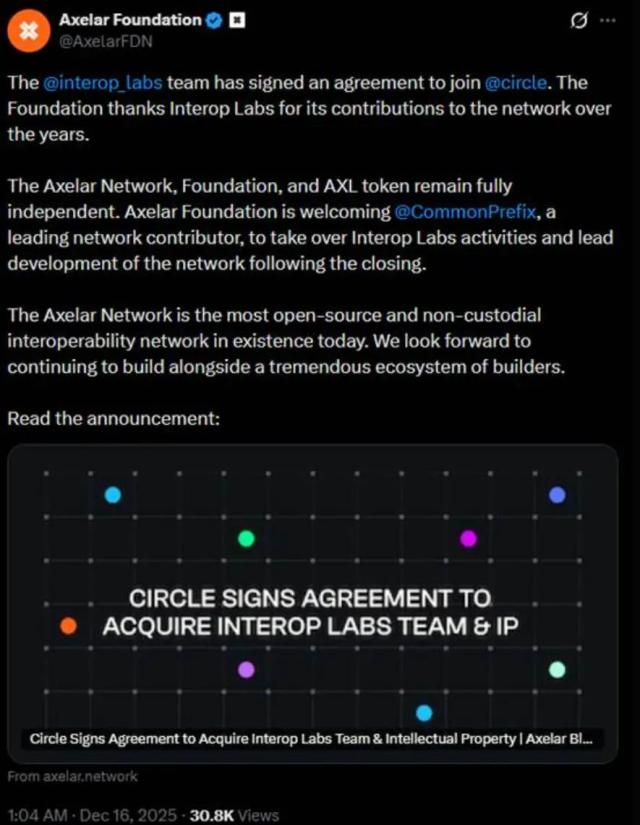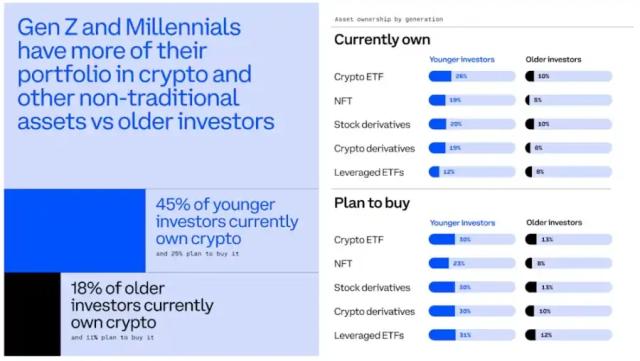As the overall crypto market declines, the prices of some tokens have dropped 80%-90% from their peaks. bitsCrunch established an assessment system for 2 million tokens in the market through AI algorithms with different weights across 16 specific indicators, serving as a crucial tool for measuring project credibility and market health.
By analyzing the latest data, we discovered that token reputation scores present a significant pyramid structure, with the vast majority of tokens concentrated in the "Average" and "Fair" intervals, while high-scoring tokens are extremely scarce. This phenomenon not only reflects the market's high differentiation but also reveals the deep differences in token quality across different public chains. This article will explore the driving factors and future market trends based on the influencing factors of reputation scores.
Token Reputation Index: Only 14 Tokens Rated Excellent

Data source: bitsCrunch.com
Overall, most tokens are still published on Ethereum. According to bitsCrunch data, tokens issued on Ethereum account for 54.56% of the total address count, far exceeding Polygon (451,349, 21.88%) and third-place Base (336,616, 16.32%). Avalanche (120,587, 5.85%) and Linea (28,264, 1.37%) are relatively behind.

Data source: bitsCrunch.com
The token reputation score table reveals an overall pyramid-shaped trend. From a reputation score perspective, the vast majority of tokens hover in the "Average" and "Fair" mid-to-low-level score ranges. Among tokens published on Ethereum, approximately 116,347 tokens are at an average level, and 573,739 tokens are at a poor level. In the excellent and good rating categories, the number of tokens across blockchain platforms is extremely limited. Ethereum has 7 tokens achieving excellent scores and 310 tokens reaching good scores.
Polygon and Base rank second and third in total token count. Taking Polygon as an example, out of its 450,000 tokens, 5 are rated "Excellent", while tokens in the "Fair" and "Terrible" intervals account for as high as 96.7%. Among the 336,000 tokens on the Base chain, the "Fair" interval accounts for 75.6% (254,482), with 67 tokens in the "Average" interval.
Notably, although Avalanche's token count is only 10.7% of Ethereum's (120,587), its proportion of tokens in the "Average" interval (4,865) reaches 4.03%, significantly higher than Ethereum's 0.34% (116,347).
The Ethereum ecosystem has attracted numerous projects but has also led to a severe "long tail effect" - a few high-quality projects coexisting with massive low-quality tokens. In comparison, emerging chains like Polygon and Avalanche perform relatively well in the "Average" interval.
Reputation Score Influencing Factors: Common Deficiencies of Low-Scoring Tokens
The token reputation index comprises multiple dimensions, including 16 influencing factors such as token issuance time, liquidity pool size, and token holder distribution. By comparing the characteristics of high and low-scoring tokens, several common issues can be identified in low-scoring tokens:
1. Insufficient Liquidity and Low Market Participation
Low-scoring tokens generally have low liquidity pool sizes and participant scores. For instance, the median liquidity pool size of "Fair" interval tokens on the Ethereum chain is only one-fifth of high-scoring tokens, with fewer participants. Insufficient liquidity directly leads to significant token price volatility, further weakening market confidence.
2. Excessively Concentrated Token Holders
Token holder distribution is a core indicator of token decentralization. Data shows that the top 10 token holders in Ethereum's "Terrible" interval have a significantly higher average proportion compared to tokens in the "Excellent" rating. Highly concentrated token structures can easily trigger market manipulation risks, which is a primary reason why investors avoid low-scoring tokens.
3. Insufficient Trading Activity and Profitability
In the trading dimension, low-scoring tokens lag significantly in trading volume scores and profitable trader scores. High-scoring tokens attract more long-term investors through stable trading volumes and positive profit expectations.
Market Share and Ecosystem Strategies
The correlation between token count and reputation scores reveals the ecosystem strategy differences across blockchain platforms. As one of the most mature blockchains, Ethereum's ecosystem advantages and drawbacks coexist. On one hand, Ethereum has become the preferred platform for token issuance due to its comprehensive development tools, massive user base, and rich DeFi infrastructure. On the other hand, its high gas fees and network congestion have forced many projects to migrate to low-cost chains like Polygon and Base, though these chains still need to strengthen their liquidity depth and user stickiness.
In comparison, the Polygon and Base ecosystems are also expanding rapidly. Taking the Base chain as an example, its total token count is nearly triple that of Avalanche, but many projects in its ecosystem are still in early stages. Avalanche and Linea are also attracting specific projects through technological differentiation but remain limited by their user base.
Conclusion
From the previous bull market to now, token count has grown exponentially. The current token market shows clear polarization. In the future, with stricter regulations and more professional investors, the token reputation index might become a core tool for screening quality assets - only projects that develop balanced across dimensions like liquidity, token holder distribution, and trading sustainability can become the "MAG-7" in the crypto field and gain an advantage in the next market reshuffle.






